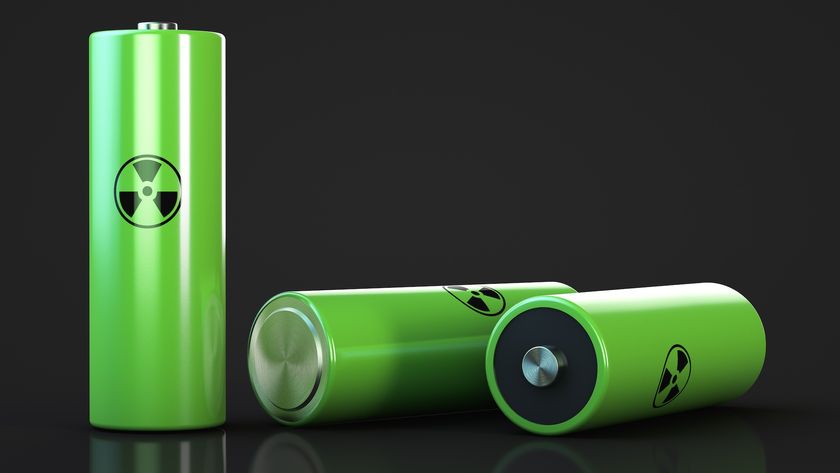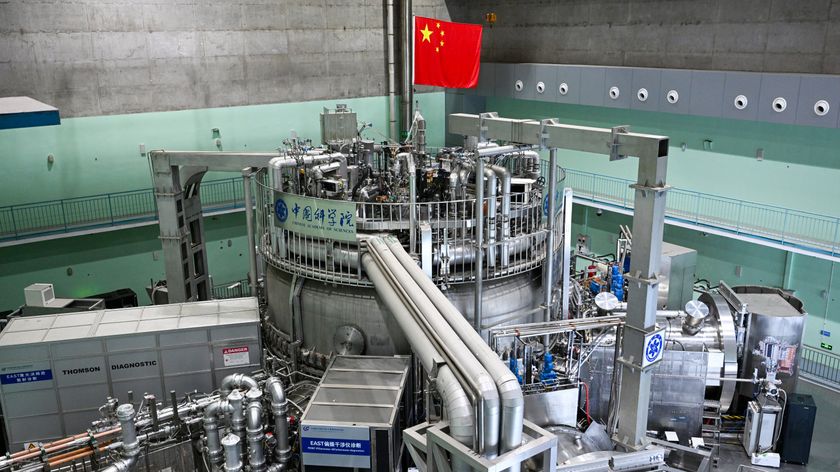Water-Cooled Supercomputers On the Way
Around the world, engineers are searching for energy-efficient ways to cool down racks of computers in warehouses that get as hot as an oven while powering the Internet.
A new study suggests warm water might just be the wave of the future for cooling these energy-hogging data centers – and recouping some of their waste heat as useful energy.
Early next month, IBM and a Swiss university plan to test out this concept with an innovative water-cooled supercomputer called Aquasar that will cut energy costs and contribute to campus heating needs.
At 140 to 160 degrees Fahrenheit (60 to 70 degrees Celsius), the liquid chilling the electronic guts of Aquasar will be hot by human standards. But this "warm" cold water will keep the computers' components below a performance-hurting 185 degrees Fahrenheit (85 degrees Celsius) and pack enough energy for other purposes.
"Essentially [Aquasar] will be a thermal power plant," said Ingmar Meijer of IBM Research-Zurich in Switzerland, who wrote an article on the water-cooling of servers appearing today in the journal Science..
"You feed your electrical energy in there . . . but the electrical energy is not lost, it is just converted to thermal energy that you can use for building heating."
Meijer said that the next generation of Internet-enabling data centers could probably cut their energy needs in half with this warm water-cooling method.
Sign up for the Live Science daily newsletter now
Get the world’s most fascinating discoveries delivered straight to your inbox.
The energy-hungry Internet
Data centers, or server farms, contain row upon row of computers dedicated to data crunching and information processing. Like any other computer, these servers heat up as they work, and chilling them out gobbled up two percent of global electricity production last year, according to the International Data Corporation.
Most data centers use loud fans to blow cooled air through their server racks. With this inefficient system, however, only half of the electricity consumed by a data center actually goes into doing computer work, while the other half energizes massive air-cooling chillers, Meijer said.
To cut energy-related costs and greenhouse gas emissions, many companies have looked to build new server farms in colder climes where air from outside can handle much of the heat-whisking duties. Microsoft, for example, opened a giant, 300,000 square-foot data center in Dublin, Ireland last fall.
But Meijer still thinks that the efficient temperature regulation of data centers in the years ahead will come from liquid coolants. That's because water is 4,000 times better than air at capturing and transporting heat away – see how quickly you cool off in a pool compared to standing in front of an air conditioner.
Plus, as transistors inside servers have grown ever smaller, they shed heat more quickly, making efficient water-cooling a more attractive option to many manufacturers.
Water-cooling of servers has been around since the 1980s and has been re-introduced in some high-end server farms today, Meijer said. But these systems have typically used room temperature water in their plumbing that is not hot enough to harness for secondary heating.
Cooling and heating with Aquasar
Aquasar aims to change this energy equation when it is switched on May 6 at the Swiss Federal Institute of Technology (ETH) Zurich. (Appropriately enough, ETH Zurich will use the Aquasar supercomputer to study fluid dynamics.)
Aquasar is made of two IBM blade center servers placed in a single rack. Water will be pumped through the architecture of the twin server in capillary-like copper micro-channels.
Since water and electronics don't mix, the coolant water in Aquasar does not ever directly touch the silicon computer chips themselves. If a leak should occur, internal sensors would shut the machine down before causing a short circuit.
The tubes interspersed in Aquasar will link back to the primary water transportation network where some of the collected heat will then be passively released back into the heating system of ETH Zurich.
The trial-run Aquasar is a small computer and will generate less than one percent of the heat for ETH Zurich, but a roomful of the servers could theoretically warm nearby buildings or even provide energy for sale to third parties.
Up front, these micro-channeled, warm water-cooled systems would cost more than traditional air-cooling at server farms. The business target is to get a return on the initial investment after a year or two of service, said Meijer, with typical server hardware lasting about three to four years.
For now, IBM does not have plans to make and sell warm water-cooled servers like Aquasar, but Meijer hopes that a successful demonstration will turn people on to the concept.
"When we get Aquasar running there will be a lot of attention," Meijer told TechNewsDaily. "I would hope other vendors pick the idea up and with that we will have more energy-efficient data centers."












